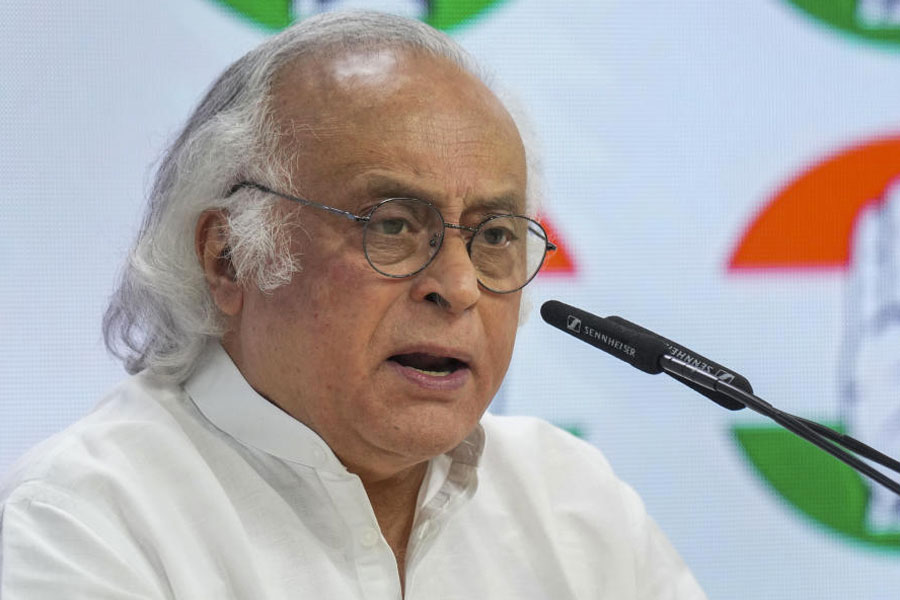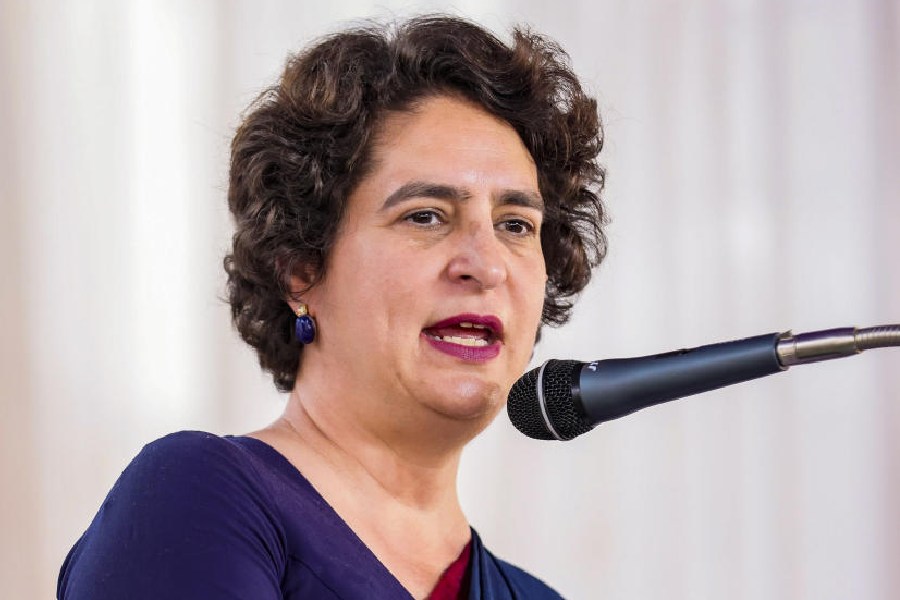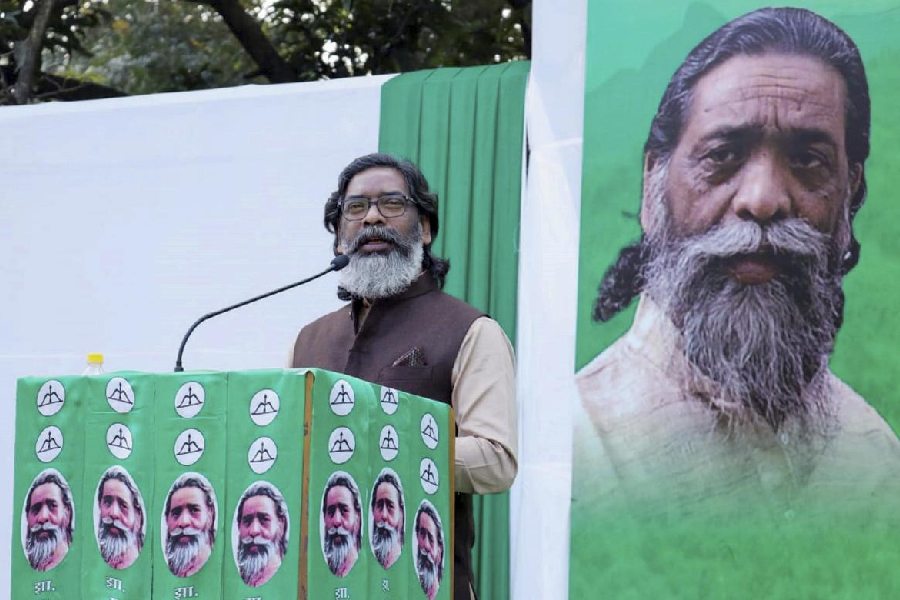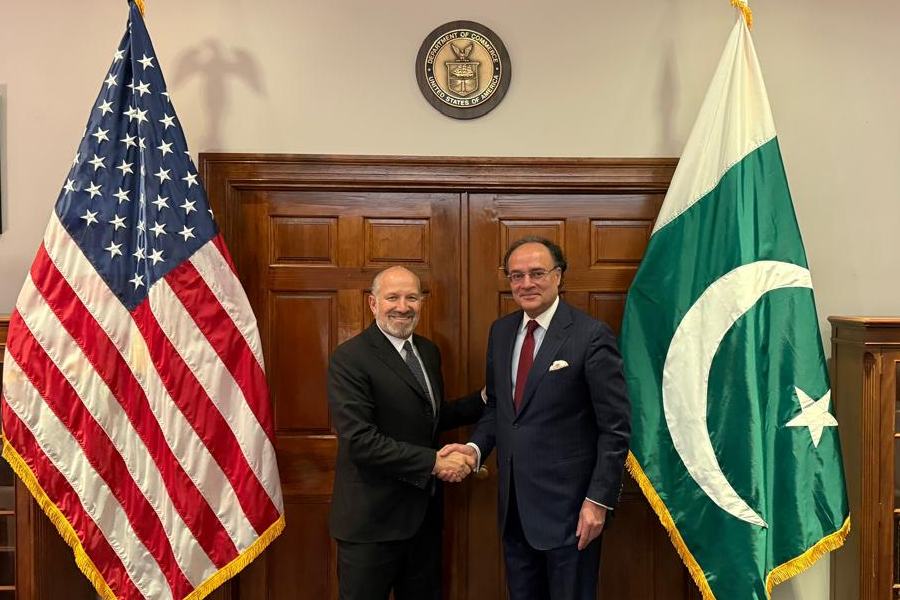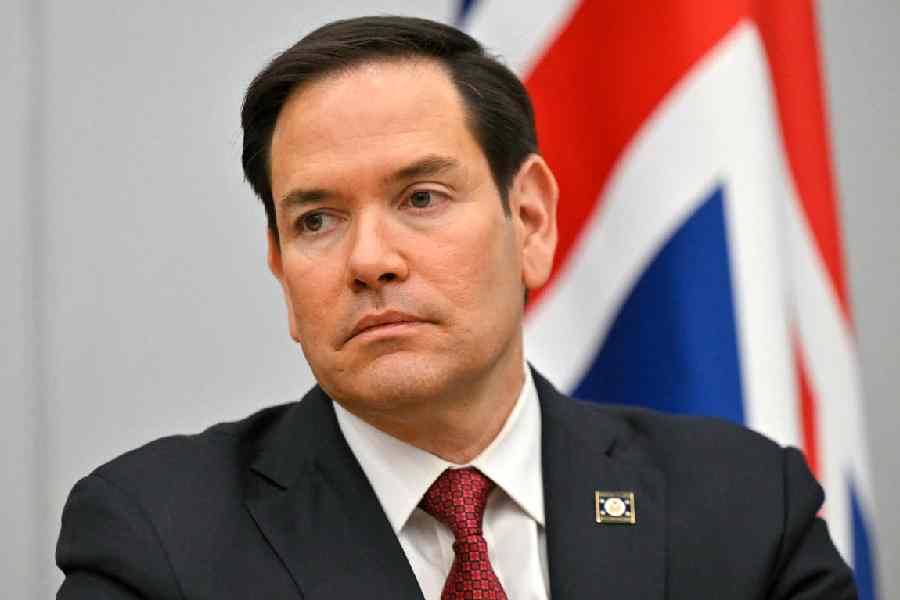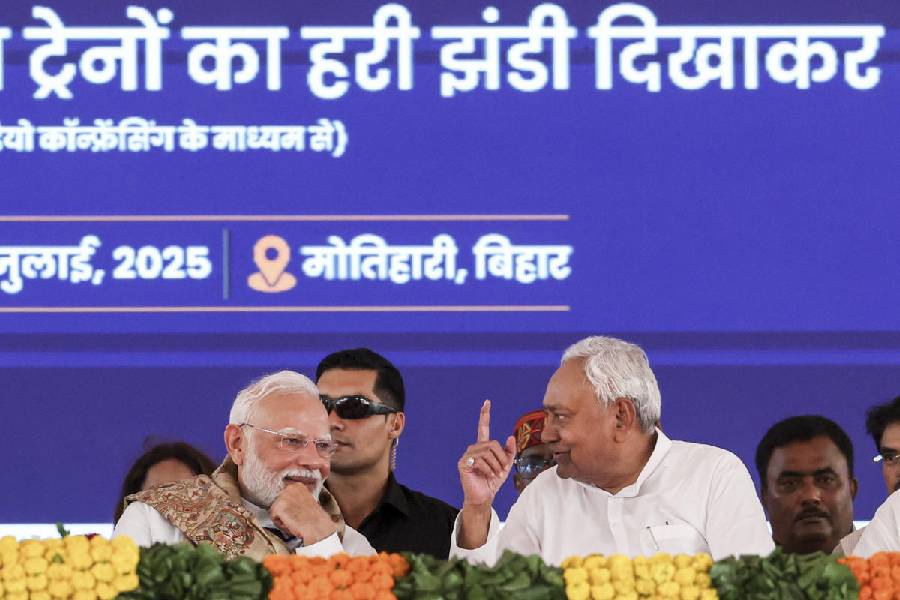 |
| (From left) Mukesh Ambani Rs 1,19,704.5 crore (Forbes), Tata Family Trusts Rs 1,84,204 crore (Businessworld), Mukesh Ambani Rs 1,59,854 crore (Business Standard) |
Whilst there is much overt poverty in India, there was not much obvious wealth till recently. The government made it unfashionable to be rich in 1947, and delegitimised many paths to wealth. The wealthy sensibly hid their wealth in gold, property or tax havens. So there is no record of anyone having been rich for almost half a century after Independence.
 |
But there is a record of the destruction of wealth. Sixty years ago, Asaf Jah VII was probably the wealthiest man in the world — he was better known as the Nizam of Hyderabad. The Indian government first invaded his kingdom and annexed it. Then it took away his palaces and his jewels. He was too old to react sensibly, but his grandson, after fighting the Indian government in unobliging courts and trying unsuccessfully to get back jewellery which was really his personal property, finally said goodbye to India, and went to enjoy what was left to him quietly in Australia.
Gayatri Devi, India’s most beautiful queen, sent some money out but hesitated to leave her kingdom, so she was sent to prison.
Land was once the foremost source of riches; kings and their courtiers were the richest of the land. It was taken away from them, and they came down in the world. The Queen of England was allowed to keep her land, but still she is not the richest in her country. But in India, land continues to be the foundation of wealth of many. They, however, no longer live on rent; they buy land, “develop” it, and sell it. They combine ownership and trading of land.
But, of course, it is no longer the leading or even the major source of wealth. The rich keep their assets in forms that would earn an income, or better still, capital gains. The foremost of them is a joint stock company; it is the modern equivalent of the feudal estate. A rich man does not have to own a company; he can sell shares in it and use it to borrow without losing control of it. Just as lords would have been listed with their fiefdoms, tycoons today are listed with their companies.
The taboo on personal prosperity led to the disintegration of the Soviet Union in 1987. India lasted four years longer. It went just as decisively bankrupt as its Russian big brother. But its finance minister, installed in North Block in 1991, had friends in high places, and could borrow left and right. His rich friends in the West lent on one condition: that he should decriminalise wealth creation and acquisition.
 |
His new-found benignity gave surprisingly quick results. If the old regime had lasted, young programmers would have gone off to California. When they saw the tax rates come down, they decided that Bangalore had equally good weather and lower prices, and was only 12 hours away as the sun travels; they could get work done while Californians slept. Dhirubhai Ambani, who till then made only Vimal, raised his ambition and decided to build a refinery. Sunil Mittal capitalised on Indians’ need to talk endlessly, and sold them little machines that enabled them to talk into the air. To put it more grandiosely, under the new liberal regime, India saw the dawn of enterprise. It paid off; soon newspapers and magazines were exciting their readers’ awe and jealousy with lists of richest Indians. Now this counting industry is a decade old; we can look at the landscape of riches and how it has changed.
To be comparable, wealth has to be counted in money. It is held in many forms; to be counted in money, they have to be multiplied by some prices. Stock markets give the prices of shares and bonds, which are the main things wealth estimators count. Landed property is the other major form in which Indians like to hold their wealth. The record of its ownership is there, but it is strewn in local records, access to which is difficult. Hence the estimators’ coverage of property cannot be as good as of equity. Many more Indians invest in property than in shares, so lists are likely to be biased against property holders. Indians buy 1,000-1,500 tonnes of gold every year; their hoards may contain somewhere between 50,000 and 100,000 tonnes, worth Rs 100-200 trillion at today’s prices. But their hoarders remain strictly anonymous; their absence must skew the lists of the rich. But if India ever has a slump like in the 1930s, the rich would start selling their gold as they did then, and it would be exported at throwaway prices. Meanwhile, it just sits in people’s safes without producing anything.
Amongst investors, known promoters with large holdings are covered more thoroughly than portfolio investors. One could even say that lists really cover promoters, with a few others thrown in. They tell us a story of private, incorporated business. But many of the companies they cover are not quoted, and their valuation is a guess. Even for quoted companies, promoters often arrange the shareholding so as to leave little stock for trading in the market, and drive up prices. So it is possible that the wealth of many promoters is overestimated.
 |
It is obvious that as we go up the ladder of the rich, their population must thin down. One illustration of this is how much higher the wealth of a rich man is to that of a man 10 positions below him. If we take the Business Standard billionaires’ list of 2010, for men listed 320 and lower, it was roughly 4 per cent higher — it varied between 2-11 per cent. In other words, if we took the assets of a rich man, we were likely to find another 10 men listed in a range of 4 per cent above his asset. Amongst those listed between 160 and 320, this range rises to 4-12 per cent with an average of 8 per cent. Amongst those between 100 and 160, it rises to 6-20 per cent with an average of 12 per cent. Amongst the richest, it just flares up; the distance in wealth between two successive rich men increases enormously. At the peak, Mukesh Ambani is 148 per cent richer than Anil Agarwal of Sterlite Industries. Rich men are pretty thick on the ground till they reach Rs 2,000 crore; beyond that they have to do something out of the ordinary to reach greater heights. However, there are signs that the distance between the richest has come down. The richest man’s assets in 2000 were 17 times those of the man 10 places below him; in 2010 they were 10 times. The ratio came further down, also amongst the top 80.
At least a half of the rich men were industrialists, and continue to be. Their hold was weakened in the 1990s by the rise of information technology and telecommunications; in 2000, Azim Premji of Wipro was the richest man, and Narayana Murthy, Shiv Nadar, Rajendra Pawar, Vijay Thadani, the Raju brothers and Gajanan Tirodkar were in the top 20. In 2010, Premji was still No. 3, Shiv Nadar was sticking on, and Sunil Mittal emerged as No. 4; but the rest of the IT fellows had dropped far down. This is probably due to the punishment handed out to them by the stock market.
But it may also be due to their lack of focus on money. Many were techies. They had got into IT for fun. When it also made them rich, they did not get addicted to or obsessed with money; they went on to have fun and live well.
Being born into a business family and belonging to a business community help by providing training and competition; but despite all advantages, getting and staying rich require application, specialisation and hard work. To succeed one has to study, anticipate and outwit competitors. No rich man can do it on his own. He has to employ people; he has to be able to choose, train and get work out of them. One can get rich out of genius or by accident, but neither can keep one rich; for that one has to concentrate on the serious business of making money, and sacrifice other things such as learning, excitement, fun, and relaxation. Wealth too comes with a price.


